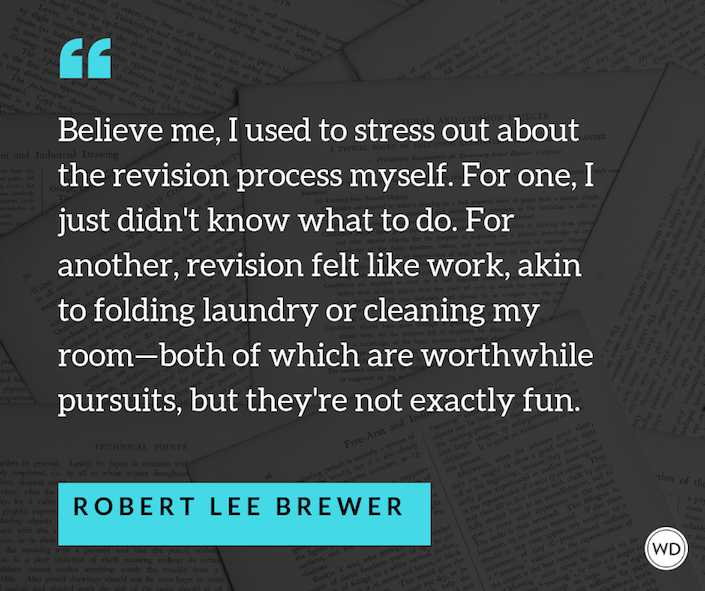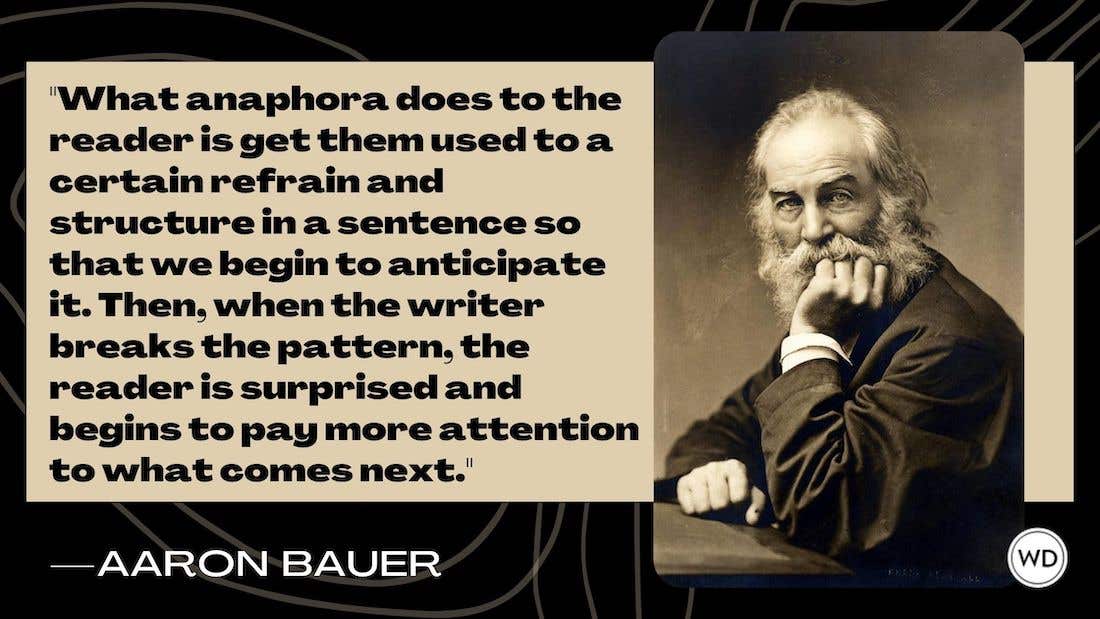Poetic Terms: End-stops and Enjambment
The young woman says, “July is over,but you don’t have to go on andon about it. There’s always August.” And with these three lines, I’m prepared to lay out the…
The young woman says, "July is over,
but you don't have to go on and
on about it. There's always August."
And with these three lines, I'm prepared to lay out the difference between using an end-stop or enjambment at the ends of your lines. Want to really impress and flatter a fellow poet at the same time? All you need to do is talk up their wonderful use of enjambment.
Lines 1 and 3 in the above example use an end-stop, which just means that your line finishes its thought (often with the use of punctuation) before moving on to the next line.
Line 2 uses enjambment by running over into line 3. That's right, enjambment is when you run your idea from one line into another (or many others).
So, why use one over the other? Well, the way you use end-stops and enjambment can affect the speed readers move through your poem. End-stopping tends to slow down the pace, while enjambing picks it up. Personally, I like to mix it up some to achieve certain effects within my poems, especially if I want to emphasize certain ideas or images.
If you haven't tried using end-stops and enjambment before (or haven't thought about it since "the good old days" of school), then you might want to try playing around with these tools in your poems. If nothing else, you can now start complimenting other poets' end-stops and enjambments--and actually know what you're talking about.
Robert Lee Brewer is Senior Editor of Writer's Digest, which includes managing the content on WritersDigest.com and programming virtual conferences. He's the author of 40 Plot Twist Prompts for Writers: Writing Ideas for Bending Stories in New Directions, The Complete Guide of Poetic Forms: 100+ Poetic Form Definitions and Examples for Poets, Poem-a-Day: 365 Poetry Writing Prompts for a Year of Poeming, and more. Also, he's the editor of Writer's Market, Poet's Market, and Guide to Literary Agents. Follow him on Twitter @robertleebrewer.








